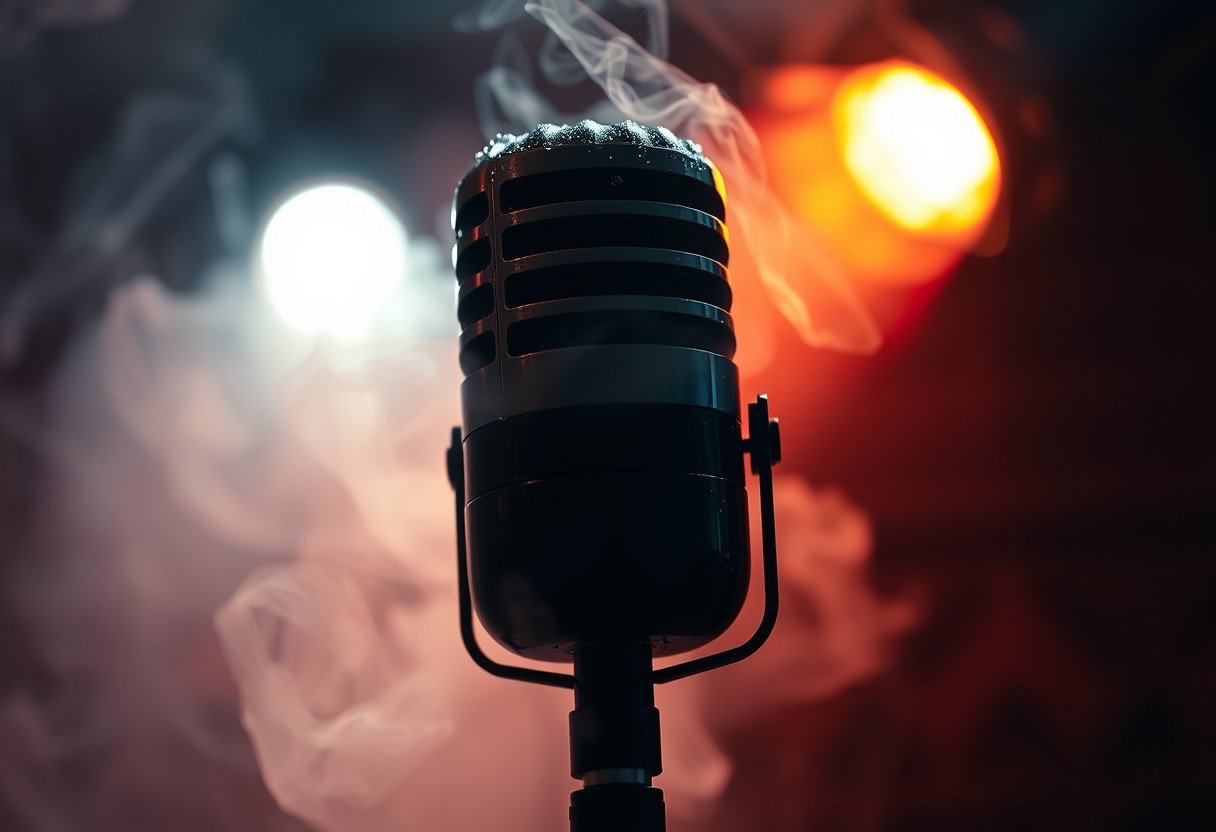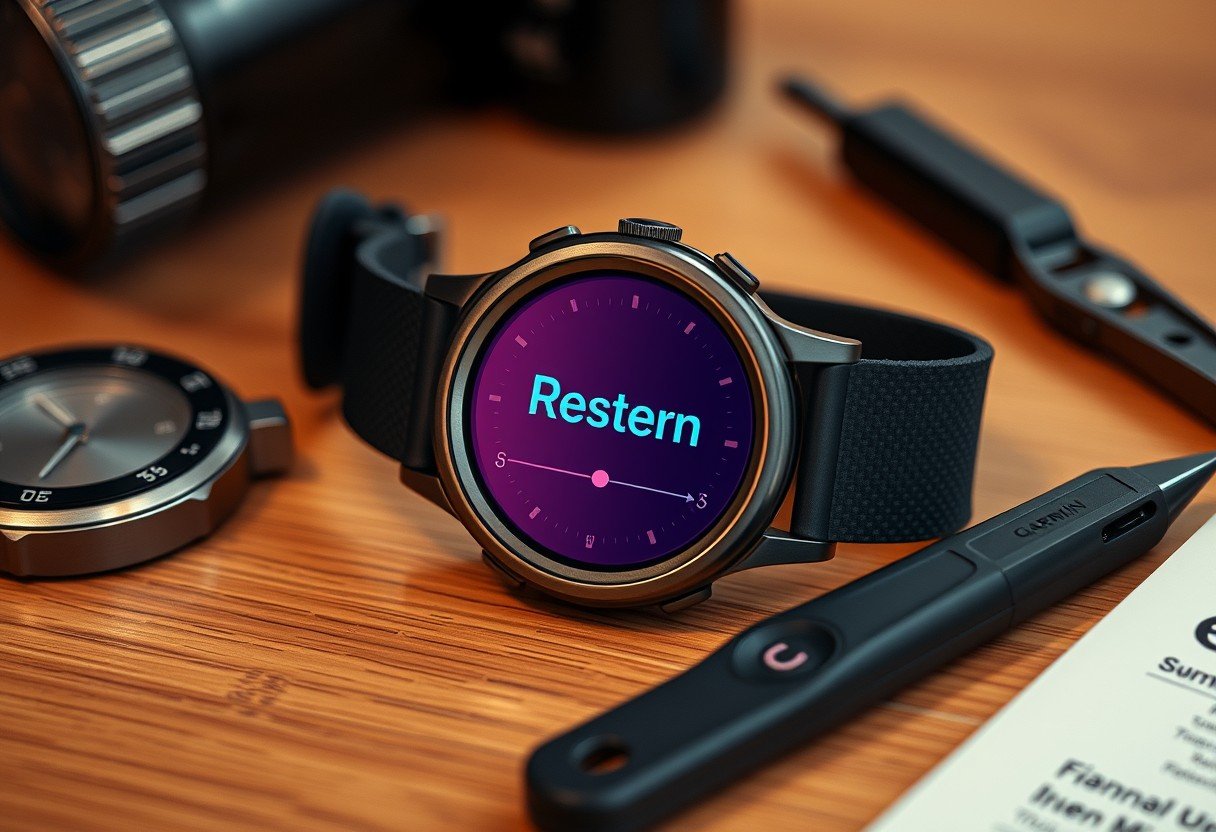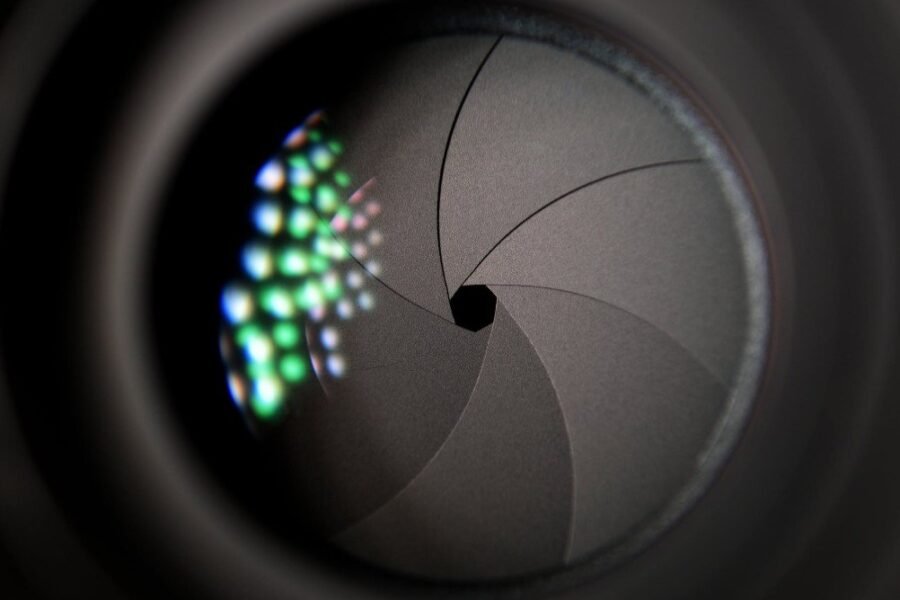Do you use your microphones in clubs, at outdoor festivals, or in foggy conditions? Environmental factors like smoke and fog can silently wreak havoc on your sensitive audio equipment. Understanding how these elements cause damage is the first step for any audio professional or hobbyist who wants to protect their gear, ensuring it performs optimally for years to come. This guide explains the risks and provides actionable steps to safeguard your investment.
How Smoke Secretly Degrades Your Microphone’s Performance
Smoke, whether from cigarettes, fog machines, or wildfires, is more than just a visual obstruction. It’s a cloud of tiny particles, including tar and carbon, that can easily infiltrate your microphone’s delicate internal components.
These particles don’t just pass through; they stick. Over time, a sticky residue builds up on the microphone’s diaphragm, the very part that vibrates to capture sound. This buildup physically weighs down the diaphragm, hindering its movement and ability to accurately capture sound waves. The result is often a muffled, less detailed audio quality.
The damage isn’t always immediate. Short-term exposure might cause a temporary drop in clarity that you notice during a single gig. However, long-term or repeated exposure leads to more permanent problems. The corrosive chemicals in smoke residue can degrade internal wiring and circuitry, leading to costly repairs or even complete microphone failure.
The Hidden Dangers of Fog and Moisture
Fog may seem harmless, but it’s essentially a cloud of tiny water droplets suspended in the air. For electronic equipment like microphones, this high level of humidity is a significant threat. Moisture is the enemy of sensitive electronics, and microphones are no exception.
When you bring a cool microphone into a warm, humid environment or use it in fog, condensation can form on and inside the device. This moisture can cause a range of issues. The most immediate danger is an electrical short-circuit, which can cause the microphone to stop working instantly and potentially damage it permanently.
Over time, even if a short-circuit doesn’t occur, the lingering moisture promotes corrosion on metal components like connectors, wires, and internal circuitry. This corrosion can lead to crackling sounds, intermittent signal loss, and a gradual decline in overall performance and sensitivity.
Common Microphone Types and Their Key Vulnerabilities
Not all microphones are created equal when it comes to resisting environmental hazards. Their design and construction materials play a huge role in how they hold up against elements like smoke and humidity. Understanding your specific microphone’s weaknesses is key to protecting it effectively.
For example, condenser microphones are famously sensitive to humidity due to their design, while dynamic microphones are generally more rugged but not immune to moisture damage. The table below breaks down the primary vulnerabilities for common microphone types.
| Microphone Type | Vulnerabilities |
| Dynamic Microphones | Moisture, extreme temps |
| Condenser Microphones | Dust, humidity, smoke |
| Ribbon Microphones | Moisture, physical damage |
| Lavalier Microphones | Clothing friction, humidity |
Knowing these weak points helps you make smarter choices, such as opting for a dynamic mic for an outdoor festival on a damp evening or ensuring your studio’s condenser mics are stored in a controlled environment.
How to Spot the Early Signs of Damage
Catching damage early can save you from having to buy a new microphone. The key is to pay close attention to both the sound and the physical condition of your equipment. Don’t ignore subtle changes in performance, as they can be the first warning signs of a more significant problem developing inside.
Listen carefully during sound checks and playback. Is the audio less crisp than it used to be? Are you hearing static or crackling that wasn’t there before? These are often the first audible symptoms of internal residue or corrosion. A physical inspection is just as important.
Here are some common signs that your microphone may have smoke or fog damage:
- A noticeable drop in high-frequency response, making the audio sound muffled or dull.
- An increase in self-noise, such as a persistent hiss or hum.
- Intermittent signal dropouts or crackling sounds, especially when the cable is moved.
- A visible sticky or discolored residue on the microphone’s grille and body.
If you notice any of these signs, it’s crucial to stop using the microphone and diagnose the problem to prevent further harm. Continuing to use a compromised microphone, especially one with moisture issues, could lead to irreparable damage.
Proactive Steps for Protecting Your Audio Gear
The best way to deal with damage is to prevent it from ever happening. A few simple habits and inexpensive accessories can dramatically increase the lifespan and maintain the performance of your microphones. It starts with being mindful of the environment where you are recording or performing.
Always use a foam windscreen or a pop filter. While designed to block plosives and wind, they also act as an excellent first line of defense against airborne particles from smoke and moisture from fog. For storage, never leave your microphones out on a stand when not in use.
Store them in a protective case, preferably with a desiccant packet (like silica gel) to absorb any ambient moisture. This is especially important for sensitive condenser and ribbon microphones. In a studio setting, an air purifier can help reduce the amount of dust and other particles in the air, creating a safer environment for your gear.
Cleaning and Maintenance for a Longer Lifespan
Regular maintenance is essential for keeping your microphones in top condition. Cleaning should be done carefully, as improper techniques can cause more harm than good. For routine cleaning, use a soft, dry cloth to wipe down the body of the microphone.
To clean the grille, you can unscrew it (if the model allows) and use a soft-bristled brush, like a toothbrush, to gently scrub away any debris or residue. Never use water or liquid cleaning solutions directly on the microphone, as moisture can seep inside and damage the capsule and electronics.
If you suspect significant residue buildup inside the microphone from heavy smoke exposure, it is best to consult a professional technician. They have the tools and expertise to safely disassemble and clean the delicate internal components without causing damage. Regular professional check-ups can catch problems before they become severe.
Frequently Asked Questions about Microphone Damage
Can cigarette smoke really damage a microphone?
Yes, absolutely. The tar and other chemical particles in cigarette smoke can build up a sticky residue on the microphone’s diaphragm and internal components, leading to muffled audio, reduced sensitivity, and long-term corrosion.
Is a dynamic mic safer in humid conditions than a condenser?
Generally, yes. Dynamic microphones have a more robust construction and are less sensitive to humidity and temperature changes than condenser microphones, whose charged capsules are highly susceptible to moisture-related issues like short-circuits.
How can I tell if my microphone has moisture damage?
Signs of moisture damage include crackling noises, a loss of high-frequency detail, intermittent signal, or the microphone not working at all. In severe cases, you might see physical corrosion on the connectors or inside the grille.
What is the best way to store microphones to prevent damage?
The best way to store microphones is in their original protective cases or a dedicated hard case. Always include a few desiccant packets (silica gel) in the case to absorb any moisture and keep the environment dry.
Can I fix a smoke-damaged microphone myself?
For surface-level cleaning of the grille, you can often do it yourself with a soft brush. However, for internal cleaning of the capsule and circuitry, it is highly recommended to seek a professional technician to avoid causing permanent damage.









Leave a Comment